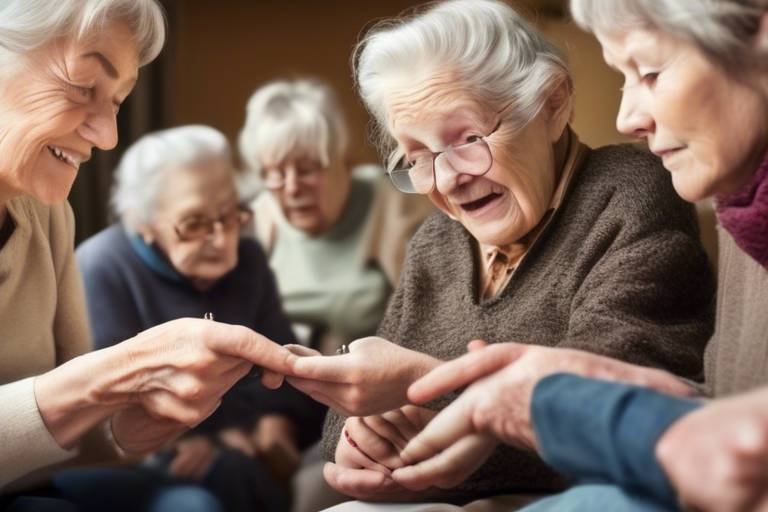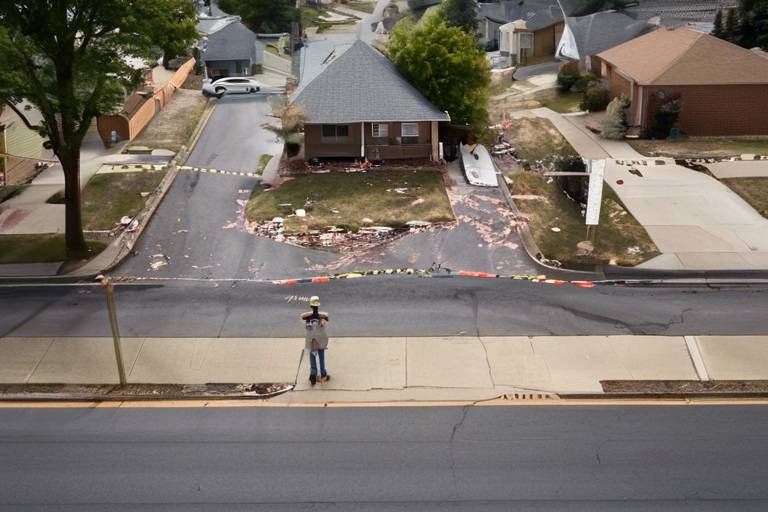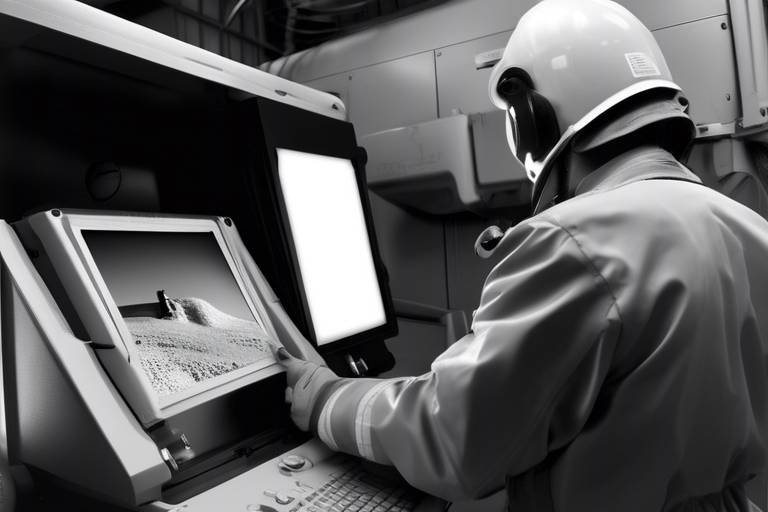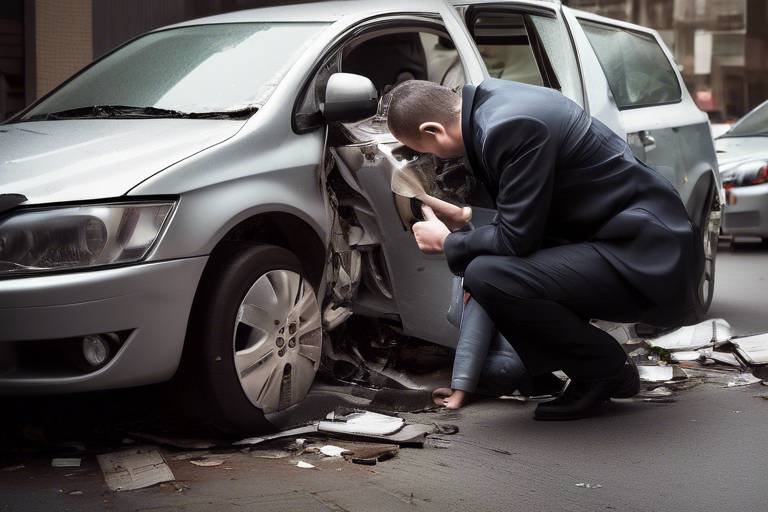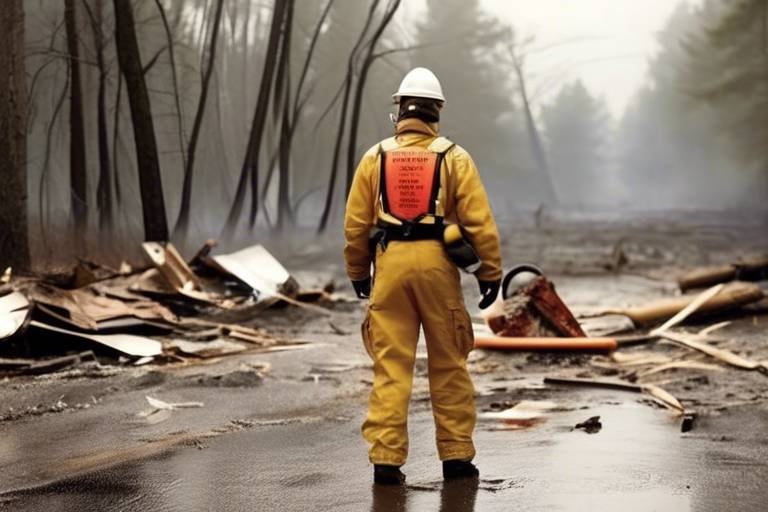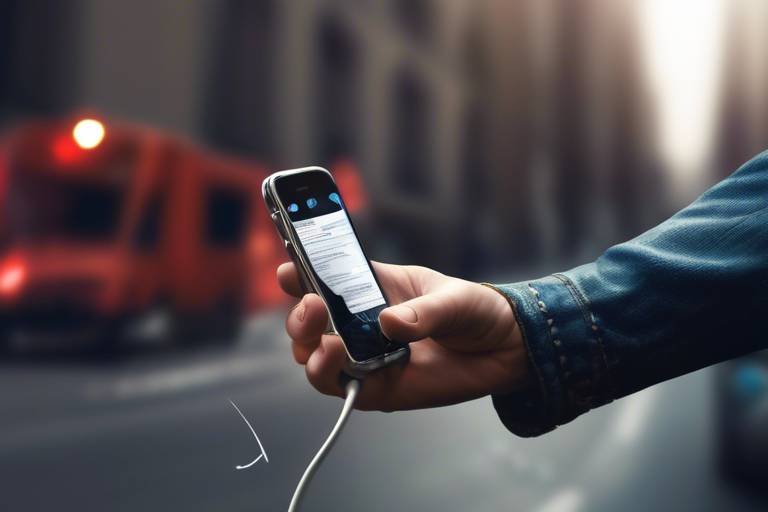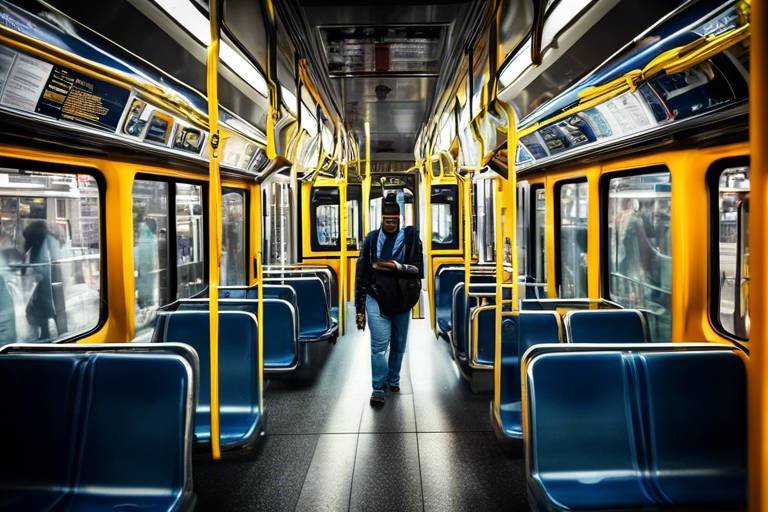Safety for Vulnerable Groups: Tips for the Elderly
As we age, the world can sometimes feel like a maze filled with obstacles and challenges. For the elderly, ensuring safety at home and in the community is paramount. It’s not just about preventing accidents; it’s about enhancing their quality of life and ensuring they feel secure in their surroundings. In this article, we will delve into practical tips and strategies designed specifically for the elderly, focusing on their unique needs and challenges in daily living. By implementing these safety measures, we can help our elderly loved ones lead healthier, happier, and more secure lives.
Making necessary modifications in the home can significantly reduce accidents for the elderly. Imagine walking through a house where every corner is designed for comfort and safety. This includes installing grab bars in bathrooms, improving lighting in hallways, and ensuring that all tripping hazards—like loose rugs or clutter—are removed. Simple changes can make a world of difference. For instance, consider the following modifications:
- Install Grab Bars: These can be lifesavers in bathrooms, providing support for getting in and out of the shower or using the toilet.
- Improve Lighting: Ensure that all areas of the home are well-lit, especially staircases and hallways, to prevent falls.
- Remove Tripping Hazards: Keep floors clear of clutter and secure loose rugs to minimize the risk of trips and falls.
Preparing for emergencies is crucial for the elderly. Having a well-thought-out emergency plan can be the difference between safety and chaos. Start by creating an emergency plan that includes communication strategies and evacuation routes. Assemble a kit with essential supplies such as water, non-perishable food, and medications. Additionally, ensure that important contacts, like family members and local emergency services, are easily accessible. This can be done through a simple list posted on the refrigerator or saved on a mobile device.
Medical alert systems provide peace of mind by allowing elderly individuals to quickly call for help. Imagine having a lifeline at your fingertips, ready to connect you with assistance at a moment's notice. These systems come in various forms, including wearable devices and home-based systems. They are designed to be user-friendly, ensuring that even those who are not tech-savvy can easily access help when needed.
Selecting the appropriate medical alert system involves considering factors like user-friendliness, response time, and subscription costs. It's essential to evaluate the features that are most important to your loved one. For example, does the system offer fall detection? Is it waterproof? Understanding these factors can help in making an informed choice that suits their lifestyle.
Wearable medical devices offer convenience and immediate access to emergency services. These devices can enhance mobility and safety for the elderly, allowing them to maintain their independence while feeling secure. Imagine going for a walk in the park, knowing that help is just a button press away. This peace of mind is invaluable.
Regular health check-ups are vital for early detection of potential issues. Routine visits to healthcare providers can catch problems before they escalate into serious health concerns. Encourage your loved ones to maintain a healthy lifestyle by eating well, staying active, and managing stress. After all, a healthy body is a safe body!
Community resources play a significant role in supporting the elderly. Local programs, services, and volunteer opportunities can provide assistance and companionship, making a world of difference in their daily lives. Whether it's a friendly neighbor checking in or a community center offering activities, these resources help combat feelings of isolation.
Accessible transportation services are essential for elderly individuals to maintain independence. It's vital for them to have safe travel options for appointments and social engagements. Many communities offer specialized transportation services that cater to the needs of seniors, ensuring they can get around without the stress of driving.
Participating in social engagement programs can combat loneliness and isolation. These programs promote interaction and support among the elderly, fostering a sense of community. Activities can range from group exercises to art classes, and they provide a great opportunity for seniors to connect and make new friends.
Technology can enhance safety for the elderly in numerous ways. From communication gadgets to monitoring systems, technology is transforming how we care for our loved ones. Imagine a world where a simple app can alert family members if something seems off. This is not just a dream; it’s a reality!
Smart home devices can automate daily tasks and enhance security. These technologies can help elderly individuals live more independently while ensuring their safety. For instance, smart lights that turn on automatically at night can prevent falls, while security cameras can provide peace of mind.
Mobile apps can assist in tracking health metrics and medication schedules. There are numerous popular apps designed specifically for seniors to promote health management and safety. These applications can remind users to take their medications, track their physical activity, and even connect them with healthcare professionals when needed.
Q1: What are the most important home modifications for elderly safety?
A1: Key modifications include installing grab bars, improving lighting, and removing tripping hazards.
Q2: How can I prepare my elderly loved one for emergencies?
A2: Create an emergency plan, assemble a supply kit, and ensure important contacts are easily accessible.
Q3: What is a medical alert system?
A3: A medical alert system allows elderly individuals to call for help quickly in case of an emergency.
Q4: Why are regular health check-ups important?
A4: Regular check-ups help in early detection of health issues, ensuring timely intervention and treatment.
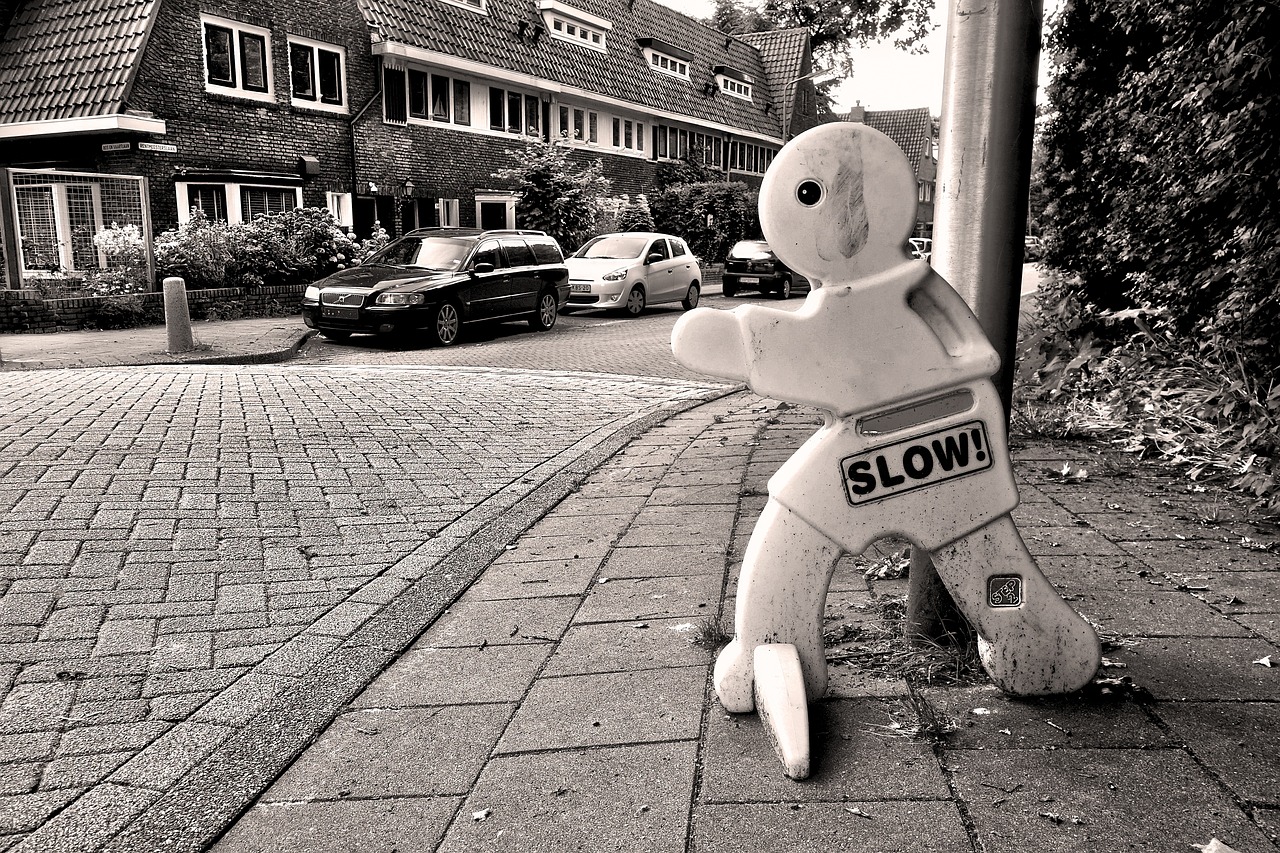
Home Safety Modifications
Making necessary modifications in the home can significantly reduce accidents for the elderly. As we age, our bodies may not respond as quickly as they once did, and our surroundings can become more hazardous. Therefore, it's crucial to create a living environment that minimizes risks and promotes safety. Simple changes can make a world of difference, turning a potentially dangerous space into a haven of security.
One of the most effective modifications is the installation of grab bars in key areas around the home, such as bathrooms and hallways. These sturdy bars provide support when standing up or navigating slippery surfaces, reducing the likelihood of falls. Imagine having a reliable handhold to steady yourself while stepping out of the shower or climbing stairs. It’s like having a trusted friend by your side, ready to lend a hand.
Another important aspect is improving lighting. As vision tends to decline with age, brightening up living spaces can help prevent accidents. Consider replacing dim bulbs with brighter LED lights and adding nightlights in hallways and bathrooms. Not only does good lighting help with visibility, but it also creates a more inviting atmosphere. You might find that a well-lit room feels more welcoming and less intimidating.
Additionally, it’s essential to remove tripping hazards throughout the home. This includes securing loose rugs, organizing clutter, and ensuring that electrical cords are tucked away safely. Think of your home as a dance floor; you wouldn’t want to trip over a misplaced shoe while trying to enjoy the music! Keeping walkways clear and organized can help maintain a smooth flow, allowing for easy movement and independence.
Moreover, consider incorporating non-slip mats in areas prone to moisture, such as the bathroom and kitchen. These mats can significantly reduce the risk of slipping, providing a secure footing. It’s like putting on a pair of shoes with great traction; you feel more stable and confident while moving around. In addition, ensuring that furniture is arranged to allow for easy navigation can make a home feel more spacious and less cluttered.
Lastly, if mobility is a concern, you might want to think about installing a stairlift or even a walk-in tub. These modifications can provide greater accessibility and comfort, allowing elderly individuals to maintain their independence without the fear of falling. Just picture the freedom of being able to access all levels of your home without worry; it’s about reclaiming your space and your life.
In conclusion, home safety modifications are not just about making a few changes; they’re about enhancing the quality of life for elderly individuals. By taking proactive steps to ensure a safe living environment, you’re not only protecting physical well-being but also fostering a sense of independence and confidence. Remember, a safer home is a happier home!

Emergency Preparedness
When it comes to , the elderly face unique challenges that require thoughtful planning and proactive measures. Just imagine a scenario where a sudden storm hits, or a medical emergency arises. Wouldn't it be reassuring to know that you have a solid plan in place? Preparing for emergencies isn't just about having supplies; it's about creating a comprehensive strategy that encompasses various aspects of safety and well-being.
First and foremost, establishing an emergency plan is crucial. This plan should outline what to do in different situations, such as natural disasters, medical emergencies, or even power outages. It's essential to involve family members or caregivers in this planning process. After all, having a support system can make all the difference. Consider holding a family meeting to discuss the plan, ensuring that everyone knows their roles and responsibilities. You might want to create a simple flowchart to visualize the steps to take during an emergency, making it easier for everyone to remember.
Next, assembling emergency supplies is a vital part of preparedness. Think of this as your safety toolkit. What should be in it? Here are some essentials:
- Non-perishable food items (think canned goods and dried fruits)
- Water (at least one gallon per person per day for three days)
- First aid kit
- Flashlights and extra batteries
- Medications and medical supplies
- A whistle (to signal for help)
It's a good idea to keep these supplies in a designated area that is easily accessible, so you’re not scrambling to find them when time is of the essence. Regularly check the expiration dates of food and medications to ensure everything is up to date.
Another crucial aspect of emergency preparedness is ensuring easy access to important contacts. Create a list of essential phone numbers, such as family members, friends, neighbors, and local emergency services. Keep this list in a visible place, and consider programming these numbers into a phone or a simple contact list that can be easily referenced. Also, think about using technology to your advantage. There are apps available that can store important information and contacts, making it easier to access them in a hurry.
In addition to these preparations, it's wise to stay informed about local emergencies. Sign up for alerts from local authorities, so you can receive timely updates about weather warnings, road closures, or other critical information. Being aware of your surroundings and knowing what to expect can significantly reduce anxiety during an emergency.
Lastly, don't forget the importance of practicing your emergency plan. Just as we rehearse for a play, practicing your emergency response can help ensure that everyone knows what to do when the time comes. Schedule practice drills with family or caregivers, and make adjustments to the plan as needed. This practice can create a sense of confidence and readiness, allowing elderly individuals to feel more secure in their ability to handle unforeseen situations.
Q: What should I include in my emergency supply kit?
A: Essential items include non-perishable food, water, a first aid kit, flashlights, batteries, medications, and a whistle. Make sure to customize your kit based on personal needs.
Q: How often should I update my emergency plan?
A: It's a good idea to review and update your emergency plan at least once a year or whenever there are changes in your living situation or health status.
Q: What technology can help with emergency preparedness?
A: Consider using mobile apps for emergency alerts, storing important contacts, or even smart home devices that can assist in monitoring your safety.
Q: How can I ensure my family knows my emergency plan?
A: Hold regular family meetings to discuss and practice the emergency plan. Make sure everyone understands their roles and the steps to take in an emergency.
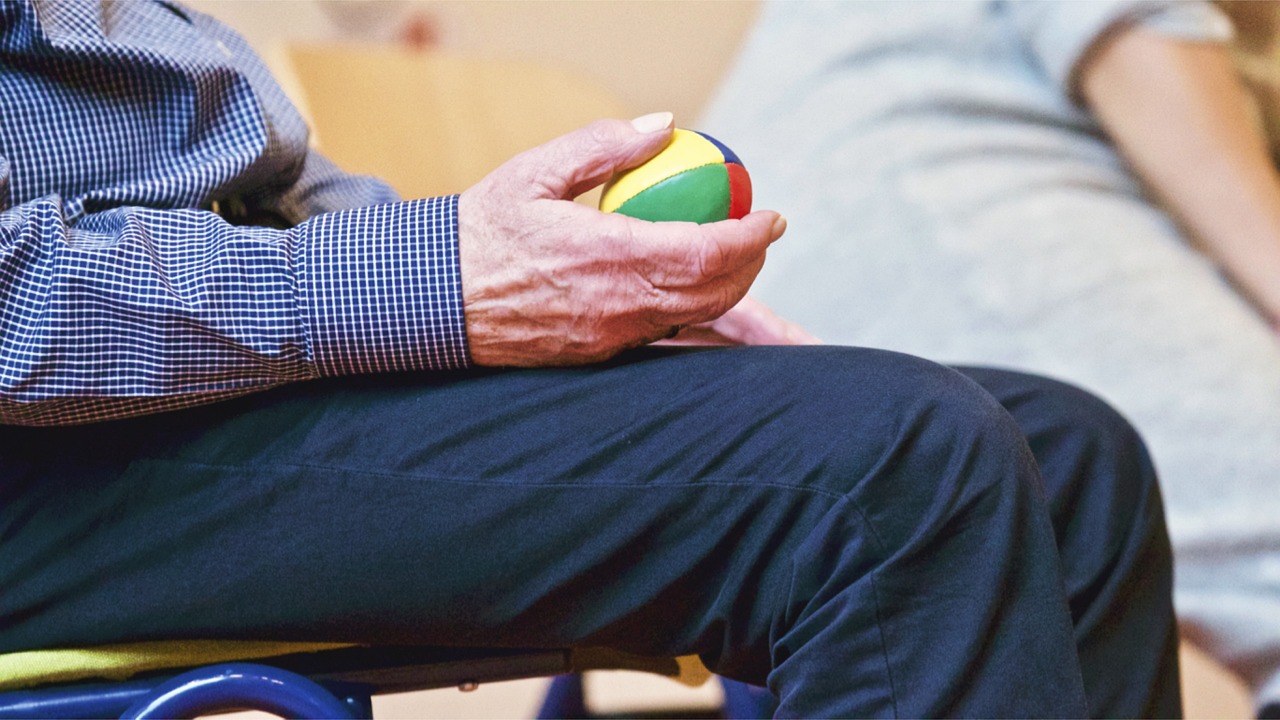
Medical Alert Systems
When it comes to ensuring the safety and well-being of elderly individuals, stand out as a beacon of hope. Imagine a scenario where a loved one experiences a fall or a medical emergency. In those crucial moments, having a device that allows them to call for help instantly can be life-saving. These systems provide a sense of security, enabling elderly individuals to maintain their independence while knowing that assistance is just a button away.
Medical alert systems come in various forms, each designed to cater to different needs and preferences. Some systems are equipped with wearable devices, such as necklaces or bracelets, while others may be home-based units that can be activated from anywhere within the house. The beauty of these systems lies in their simplicity; they are typically user-friendly and require minimal technical knowledge to operate. This makes them an excellent choice for the elderly, who may not be as comfortable with technology as younger generations.
One of the most significant benefits of medical alert systems is their 24/7 monitoring. Most providers offer round-the-clock service, ensuring that help is always available, day or night. This constant vigilance can greatly reduce anxiety for both the elderly and their families. In addition, many systems come equipped with GPS capabilities, allowing emergency responders to locate the user quickly, even if they are away from home. This feature is particularly valuable for those who enjoy outdoor activities or may wander away from familiar surroundings.
It's essential to consider the different types of medical alert systems available. Below is a brief overview of the most common options:
| Type of System | Description | Best For |
|---|---|---|
| Wearable Devices | Portable devices that can be worn as a necklace or bracelet. | Active seniors who are often on the go. |
| Home-Based Systems | Units that connect to a landline or cellular network. | Seniors who spend most of their time at home. |
| Mobile Alert Systems | Devices with GPS tracking for use outside the home. | Individuals who enjoy outdoor activities. |
In conclusion, investing in a medical alert system can be one of the best decisions for enhancing the safety of elderly individuals. Not only do these systems provide immediate access to help in emergencies, but they also foster a sense of independence and confidence. As families, we must encourage our loved ones to consider these systems and choose the one that best fits their lifestyle and needs.
1. How do medical alert systems work?
Medical alert systems typically consist of a base unit and a wearable device. In case of an emergency, the user can press a button on the device, which sends a signal to the monitoring center, where trained personnel can assess the situation and dispatch help if necessary.
2. Are medical alert systems expensive?
The cost of medical alert systems can vary widely depending on the features and services included. Basic systems may start as low as $20 per month, while more advanced options with GPS tracking and fall detection can be higher. It’s essential to compare different providers to find a system that fits your budget.
3. Can I use a medical alert system if I don’t have a landline?
Yes! Many medical alert systems are now cellular-based, meaning they do not require a landline to function. This is ideal for seniors who rely solely on mobile phones.
4. What happens if I accidentally trigger the alarm?
Most medical alert systems have a built-in feature that allows users to cancel the alarm if it was triggered by mistake. When you press the button, the monitoring team will contact you to confirm whether assistance is needed.
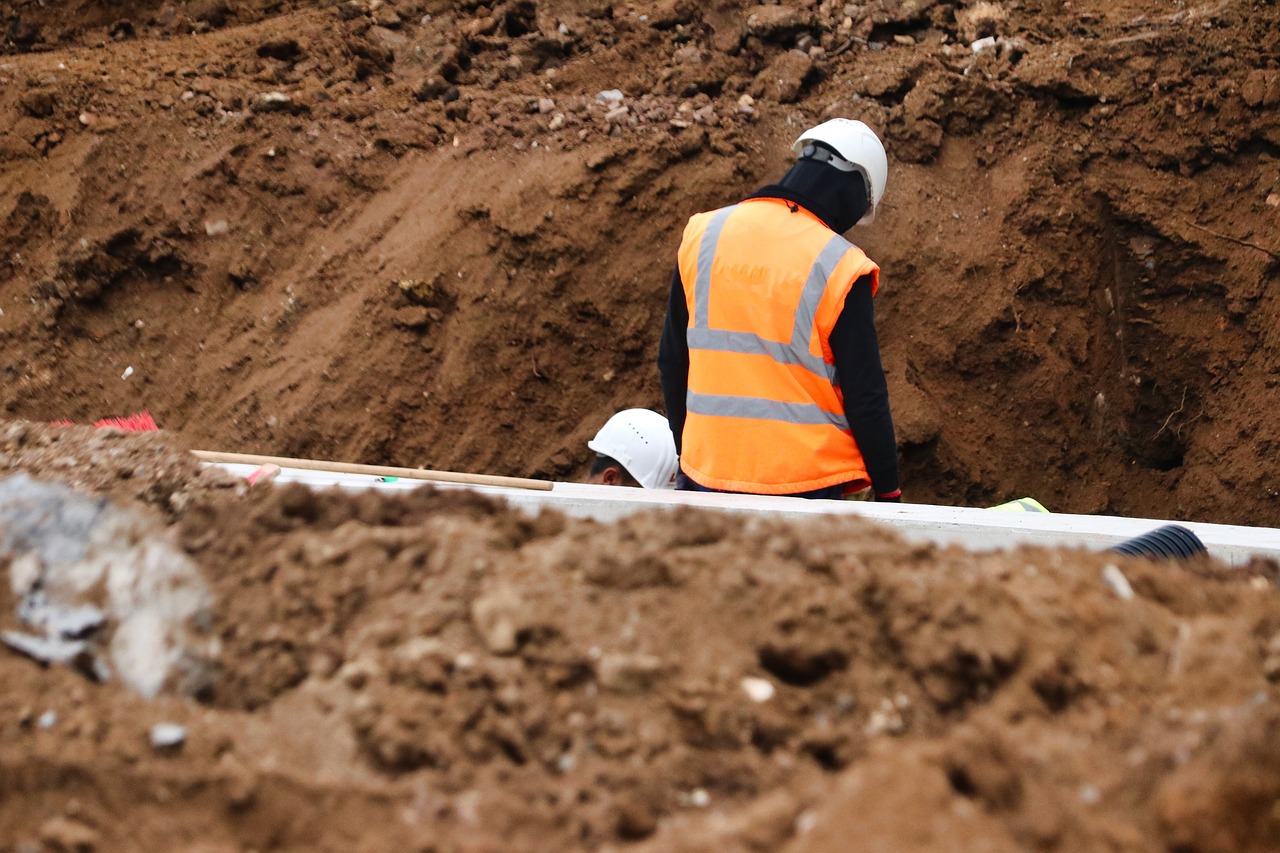
Choosing the Right System
When it comes to selecting the right medical alert system, it’s essential to consider a few key factors to ensure that it meets the unique needs of elderly individuals. After all, this decision can significantly impact their safety and peace of mind. So, what should you look for? Let’s break it down.
First and foremost, user-friendliness is crucial. The system should be easy to understand and operate, especially for those who may not be tech-savvy. Imagine an elderly person fumbling with complicated buttons or settings during a moment of panic—it's a recipe for disaster. Look for systems that offer simple, intuitive designs, such as large buttons and clear instructions. Many devices also come with wearable pendants or wristbands that can be activated with just a press, making them incredibly accessible.
Next up is response time. In emergency situations, every second counts. Research shows that quicker response times can lead to better outcomes. Therefore, it's wise to choose a system that guarantees a rapid connection to emergency services. Some companies even provide a dedicated emergency response team that can assess the situation and dispatch help promptly. Don't hesitate to ask potential providers about their average response times—this is a critical factor in ensuring safety.
Another important aspect to consider is subscription costs. While you want to ensure that you’re getting a reliable service, you also need to be mindful of your budget. Medical alert systems can vary widely in price, so it’s beneficial to compare different options. Some systems offer a basic plan with essential features, while others provide premium services like fall detection and GPS tracking. Take a look at the table below for a quick overview:
| System Type | Features | Monthly Cost |
|---|---|---|
| Basic Pendant | Emergency button, 24/7 monitoring | $29.99 |
| Mobile Alert | GPS tracking, fall detection | $39.99 |
| Smartwatch | Health monitoring, emergency calls | $49.99 |
Lastly, consider whether the system offers additional features that could enhance safety. For example, some devices provide fall detection technology, which automatically alerts emergency services if a fall is detected, even if the user is unable to press the button. Others may offer medication reminders, allowing seniors to maintain their health routines without fail. These features can significantly contribute to the overall well-being of elderly individuals.
In conclusion, choosing the right medical alert system involves a careful evaluation of user-friendliness, response time, subscription costs, and additional features. By taking the time to assess these factors, you can help ensure that your loved ones have the best possible protection and peace of mind in their daily lives.
- What is a medical alert system? A medical alert system is a device that allows individuals to call for help in case of emergencies, typically through a wearable button or pendant.
- How does a medical alert system work? When the button is pressed, the device connects to a monitoring center that can dispatch emergency services or contact designated family members.
- Are medical alert systems expensive? Costs vary depending on features and services, but basic plans can start as low as $29.99 per month.
- Can I use my medical alert system outside my home? Yes, many modern systems offer mobile options with GPS tracking, allowing you to stay safe while on the go.

Benefits of Wearable Devices
Wearable devices have revolutionized the way we approach safety and health management, especially for the elderly. These gadgets, which can be worn comfortably on the wrist or as pendants, are not just trendy accessories; they serve as lifelines that enhance independence and provide peace of mind. Imagine having a personal assistant that monitors your health and alerts you in case of emergencies—all while being as easy to wear as a watch!
One of the primary benefits of wearable devices is their ability to provide real-time health monitoring. Many of these devices come equipped with sensors that track vital signs such as heart rate, blood pressure, and even blood oxygen levels. For elderly individuals, this constant monitoring can be crucial in identifying potential health issues before they escalate. For instance, if a device detects an irregular heartbeat, it can prompt the user to seek medical attention immediately, potentially averting a serious health crisis.
Moreover, wearable devices often feature integrated emergency response systems. With just the press of a button, users can alert family members or emergency services. This feature is particularly beneficial for those who live alone or are prone to falls. The reassurance that help is just a click away can significantly boost an elderly person's confidence in their ability to live independently.
Another significant advantage is the mobility tracking capabilities of many wearable devices. These gadgets can provide location tracking, which is especially useful for elderly individuals who may have cognitive impairments or are at risk of wandering. Family members can monitor their loved ones' whereabouts in real-time, ensuring they remain safe and secure. This feature not only enhances safety but also allows for greater freedom, as elderly individuals can explore their surroundings without the constant worry of getting lost.
In addition to health monitoring and safety features, many wearable devices also promote social connectivity. Some devices allow users to receive notifications from their smartphones, enabling them to stay in touch with family and friends. This connectivity can combat feelings of isolation and loneliness, which are common issues faced by the elderly. By fostering communication, wearable devices can enhance emotional well-being, making them an essential tool for a fulfilling life.
In summary, the benefits of wearable devices for the elderly are numerous and impactful. They provide crucial health monitoring, emergency response capabilities, mobility tracking, and enhanced social connectivity. As technology continues to evolve, these devices will undoubtedly become even more sophisticated, offering greater safety and peace of mind for elderly individuals and their families.
- What types of wearable devices are available for the elderly?
There are various types of wearable devices, including fitness trackers, smartwatches, and medical alert systems. Each serves different purposes, from monitoring physical activity to providing emergency assistance.
- How do I choose the right wearable device?
Consider factors such as ease of use, battery life, features, and cost. It's essential to choose a device that suits the specific needs and lifestyle of the elderly individual.
- Are wearable devices easy to use for seniors?
Most wearable devices are designed with user-friendliness in mind, featuring large buttons and simple interfaces. However, it’s crucial to provide initial training to help seniors become comfortable with the technology.
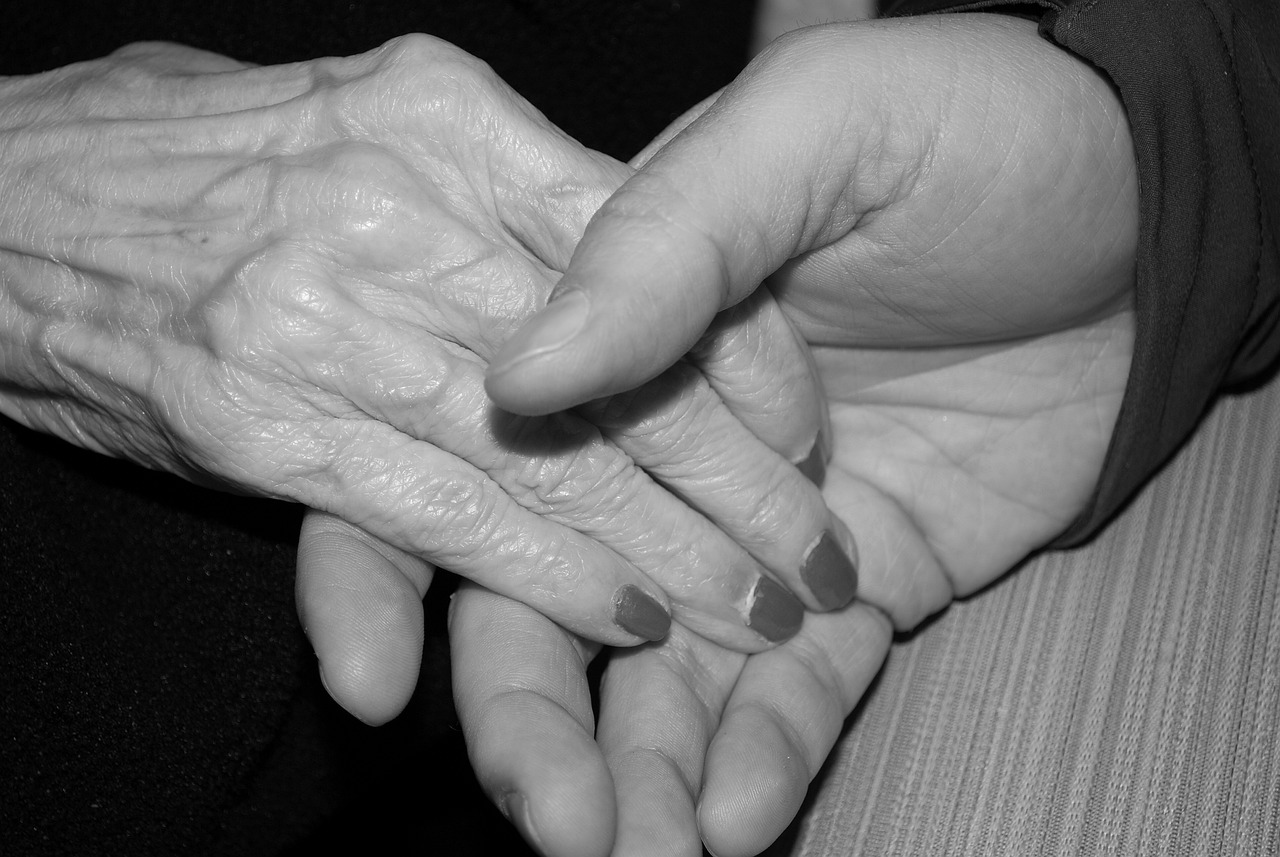
Regular Health Check-Ups
Regular health check-ups are not just a good idea; they are essential for the elderly. As we age, our bodies undergo various changes, and staying on top of these changes can significantly enhance our well-being. Think of health check-ups as a regular tune-up for your car—if you ignore those little warning lights, you might end up with a much bigger problem down the road. By attending routine appointments with healthcare providers, elderly individuals can catch potential issues early, ensuring a better quality of life.
But what exactly should these check-ups entail? Generally, they include a variety of assessments that focus on both physical and mental health. Here are some key components:
- Blood Pressure Monitoring: High blood pressure is often called the "silent killer," as it can go unnoticed until it causes serious issues.
- Cholesterol Checks: Keeping an eye on cholesterol levels is crucial to prevent heart disease.
- Diabetes Screening: Regular checks can help catch diabetes early, allowing for better management.
- Cognitive Assessments: Mental health is just as important; cognitive tests can help identify early signs of dementia or other conditions.
Additionally, maintaining a healthy lifestyle through regular check-ups means not only addressing existing health problems but also preventing new ones. This proactive approach can include vaccinations, screenings for various cancers, and even discussions about diet and exercise tailored to individual needs.
Moreover, regular visits to healthcare providers create opportunities for open conversations about any concerns or changes in health. This dialogue is vital, as it allows for adjustments in care plans and medications, ensuring that elderly individuals receive the most appropriate treatment. Just like a gardener tends to plants, regular health check-ups help nurture the overall health of seniors.
In summary, regular health check-ups can be a game-changer for the elderly. They provide a platform for early detection, encourage healthy living, and foster communication with healthcare professionals. By prioritizing these appointments, elderly individuals can enjoy a more vibrant and fulfilling life, free from the shadows of undetected health issues.
- How often should elderly individuals have check-ups? It is generally recommended that seniors visit their healthcare provider at least once a year, but those with chronic conditions may need to go more frequently.
- What should I bring to a health check-up? Bring a list of medications, any medical records, and a list of questions or concerns you wish to discuss with your doctor.
- Can I have a check-up at home? Some healthcare providers offer home visits for check-ups, especially for those with mobility issues. It's best to inquire with local services.
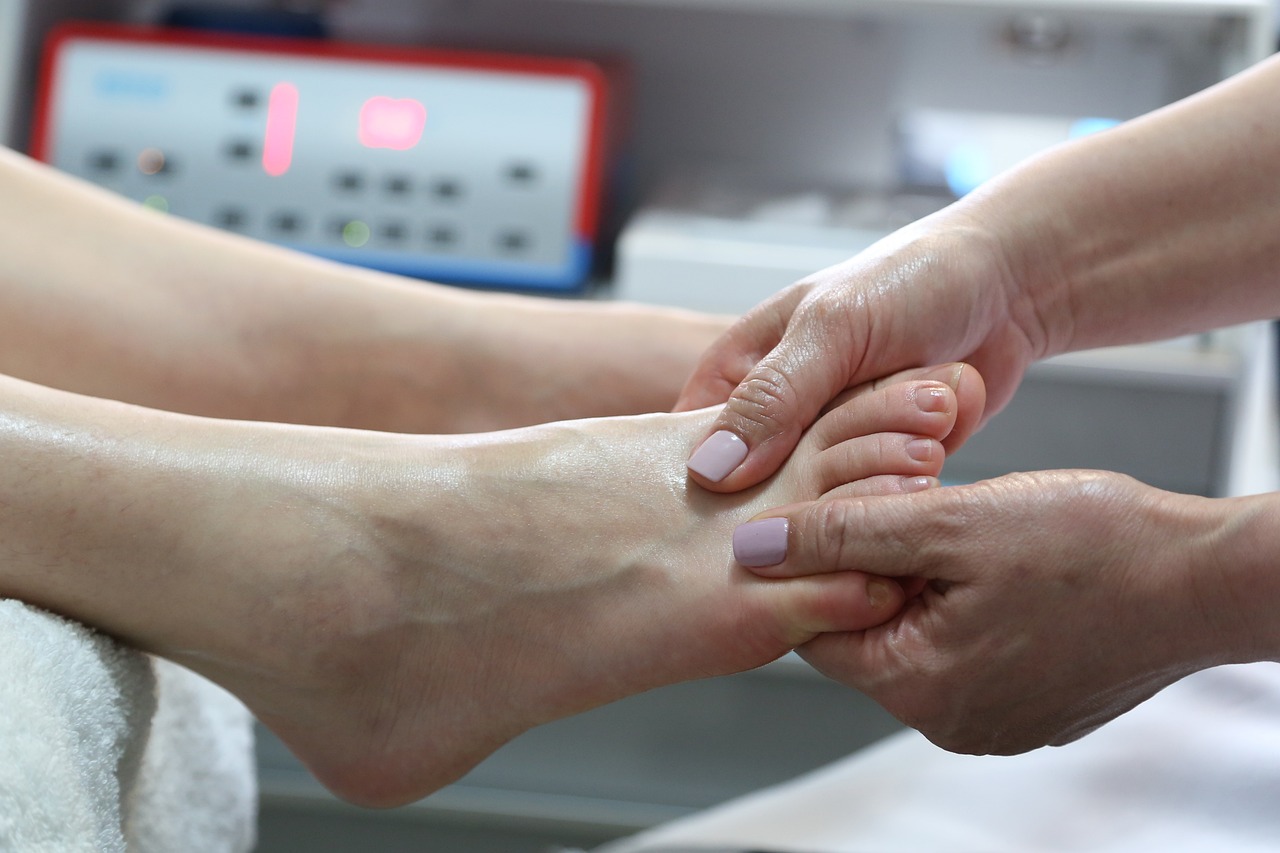
Community Support Resources
As our loved ones age, ensuring they have access to community support resources becomes increasingly important. These resources not only provide practical assistance but also foster a sense of belonging and connection. Imagine a vibrant community where the elderly can thrive, surrounded by friendly faces and helpful hands. This kind of support can make all the difference in their daily lives.
Many communities offer a variety of programs designed specifically for the elderly. These can include meal delivery services, transportation assistance, and friendly visiting programs. For instance, organizations like Meals on Wheels deliver nutritious meals right to their doors, ensuring they receive adequate nutrition without the hassle of cooking. Additionally, local volunteer groups often provide transportation services, helping seniors get to medical appointments, grocery stores, or social events. By utilizing these services, elderly individuals can maintain their independence while receiving the support they need.
Moreover, social engagement programs play a pivotal role in combating loneliness among seniors. Many community centers host activities such as game nights, exercise classes, and arts and crafts sessions. These activities not only keep seniors active but also allow them to form friendships and support networks. When seniors engage in social activities, it significantly enhances their emotional well-being and combats the feelings of isolation that can sometimes accompany aging.
Another vital resource is the availability of health and wellness programs. Many communities provide workshops on topics like nutrition, physical fitness, and mental health awareness. These programs empower seniors to take charge of their health, equipping them with the knowledge and skills necessary to lead fulfilling lives. Access to such resources can be life-changing, as they promote a proactive approach to health and wellness.
To make it easier for seniors and their families to find these resources, local governments and non-profit organizations often maintain directories of available services. These directories might include:
- Local health clinics
- Support groups
- Transportation services
- Volunteer opportunities
For families looking to support their elderly loved ones, it’s essential to explore these community resources. Not only do they provide practical help, but they also offer a sense of community and belonging that is vital for emotional health. By encouraging seniors to take advantage of these resources, we can help them lead more fulfilling and independent lives.
Q: How can I find community support resources for my elderly loved one?
A: You can start by contacting local senior centers, community organizations, or health departments. They often have directories or can provide information on available resources.
Q: Are there any costs associated with using community support services?
A: Many community support services are free or offered at a low cost, especially those provided by non-profit organizations. However, it's always a good idea to inquire about any potential fees.
Q: How can social engagement programs benefit my elderly loved one?
A: Social engagement programs help reduce feelings of loneliness and isolation, promote mental well-being, and encourage physical activity, all of which are essential for healthy aging.
Q: What types of transportation services are available for seniors?
A: Transportation services can vary by community but often include volunteer driver programs, public transit options tailored for seniors, and shuttle services for medical appointments.

Transportation Services
Transportation is a crucial aspect of maintaining independence for elderly individuals. Imagine waking up to a beautiful day but feeling trapped at home simply because you can't get to your favorite park or the grocery store. This is where accessible transportation services come into play, providing a lifeline that allows seniors to engage with their community and fulfill daily needs. Whether it's for medical appointments, social gatherings, or just running errands, having reliable transportation options can significantly enhance the quality of life for older adults.
Many communities offer specialized transportation services tailored to meet the unique needs of the elderly. These services can range from door-to-door shuttles to ride-sharing programs specifically designed for seniors. Additionally, some local organizations provide volunteer drivers who are more than willing to help seniors navigate their way around town. This not only ensures safe travel but also fosters a sense of companionship and community.
Here are some common types of transportation services available for seniors:
- Public Transit Options: Many cities have discounted fares for seniors on buses and trains. These can be a great way to travel while keeping costs down.
- Paratransit Services: These are specialized transport services that cater to those with mobility challenges, often providing door-to-door service.
- Private Transportation Services: Companies like Uber and Lyft have introduced options specifically for seniors, including assistance with getting in and out of vehicles.
- Volunteer Driver Programs: Local nonprofits often organize volunteer drivers who can help seniors get to appointments or social events.
When considering transportation services, it’s essential to evaluate factors such as cost, availability, and accessibility. For instance, some services may require advance booking, while others might operate on-demand. Understanding these details can help seniors and their families make informed decisions about which service fits best into their lifestyle. Moreover, many of these services are equipped to assist with mobility devices like wheelchairs or walkers, ensuring that seniors can travel comfortably and safely.
In summary, transportation services are not just about getting from point A to point B; they represent freedom and the ability to maintain an active lifestyle. By leveraging these resources, elderly individuals can continue to connect with their communities, keep up with social engagements, and manage their day-to-day activities without feeling isolated. It’s all about empowering seniors to live their lives to the fullest!
Q: What types of transportation services are available for seniors?
A: Seniors can access various services, including public transit with discounts, paratransit services for those with mobility issues, private ride-sharing options, and volunteer driver programs.
Q: How can I find transportation services in my area?
A: You can start by checking local government websites, community centers, or senior service organizations that often provide information on available transportation options.
Q: Are there costs associated with these transportation services?
A: Yes, while some services may be free or subsidized, others may charge a fee. It's important to inquire about costs when exploring options.
Q: Can transportation services accommodate mobility devices?
A: Many transportation services are equipped to assist seniors with mobility devices such as wheelchairs or walkers. Always check in advance to ensure the service meets your needs.

Social Engagement Programs
Social engagement programs are vital for the elderly, as they provide opportunities to connect with others, share experiences, and foster a sense of belonging. Imagine the warmth of a community where everyone knows your name and shares your interests! These programs can range from organized activities at local community centers to informal gatherings at homes or parks. They aim to combat feelings of loneliness and isolation, which are unfortunately common among older adults.
One of the most significant benefits of participating in social engagement programs is the improvement in mental health. Regular interaction with peers can lead to increased happiness and a more positive outlook on life. It's like watering a plant; the more you nurture it with care and attention, the more it thrives. Programs may include:
- Art and Craft Workshops: These sessions allow seniors to express their creativity while socializing with others who share similar interests.
- Exercise Classes: Gentle yoga or tai chi classes not only promote physical health but also create a camaraderie among participants.
- Book Clubs: Engaging in discussions about literature can stimulate the mind and provide a platform for sharing thoughts and opinions.
- Cooking Classes: Preparing meals together can be a fun and interactive way to bond with others while learning new recipes.
Moreover, many communities offer volunteer opportunities specifically designed for seniors, allowing them to give back while forming new friendships. Volunteering can be incredibly rewarding, providing a sense of purpose and fulfillment. It’s like finding hidden treasures in your own backyard; not only do you discover new passions, but you also meet wonderful people along the way.
To truly make the most out of these social programs, it's essential to seek out local resources. Many organizations have dedicated staff members who are passionate about helping seniors find suitable activities. Here’s a quick table summarizing some resources where elderly individuals can find social engagement programs:
| Resource | Description | Contact Information |
|---|---|---|
| Local Community Center | Offers various classes and events tailored for seniors. | (555) 123-4567 |
| Senior Centers | Specialized programs focusing on health, wellness, and social activities. | (555) 987-6543 |
| Volunteer Organizations | Connects seniors with volunteer opportunities in the community. | (555) 456-7890 |
In conclusion, social engagement programs are more than just activities; they are lifelines for the elderly, offering connection, joy, and a sense of community. By participating in these programs, seniors can enhance their quality of life, build lasting friendships, and contribute to their communities. So, why not take that first step today? Join a local program and discover the joy of being part of something bigger!
Q: How can I find social engagement programs near me?
A: You can check with local community centers, senior centers, or libraries for information on programs available in your area. Many organizations also have websites where you can find schedules and contact information.
Q: Are there any costs associated with these programs?
A: Some programs may have a small fee, while others are free. It's best to inquire directly with the organization offering the program.
Q: Can I bring a friend to these programs?
A: Absolutely! Many programs encourage bringing friends or family members along, as it can enhance the experience and make it more enjoyable.
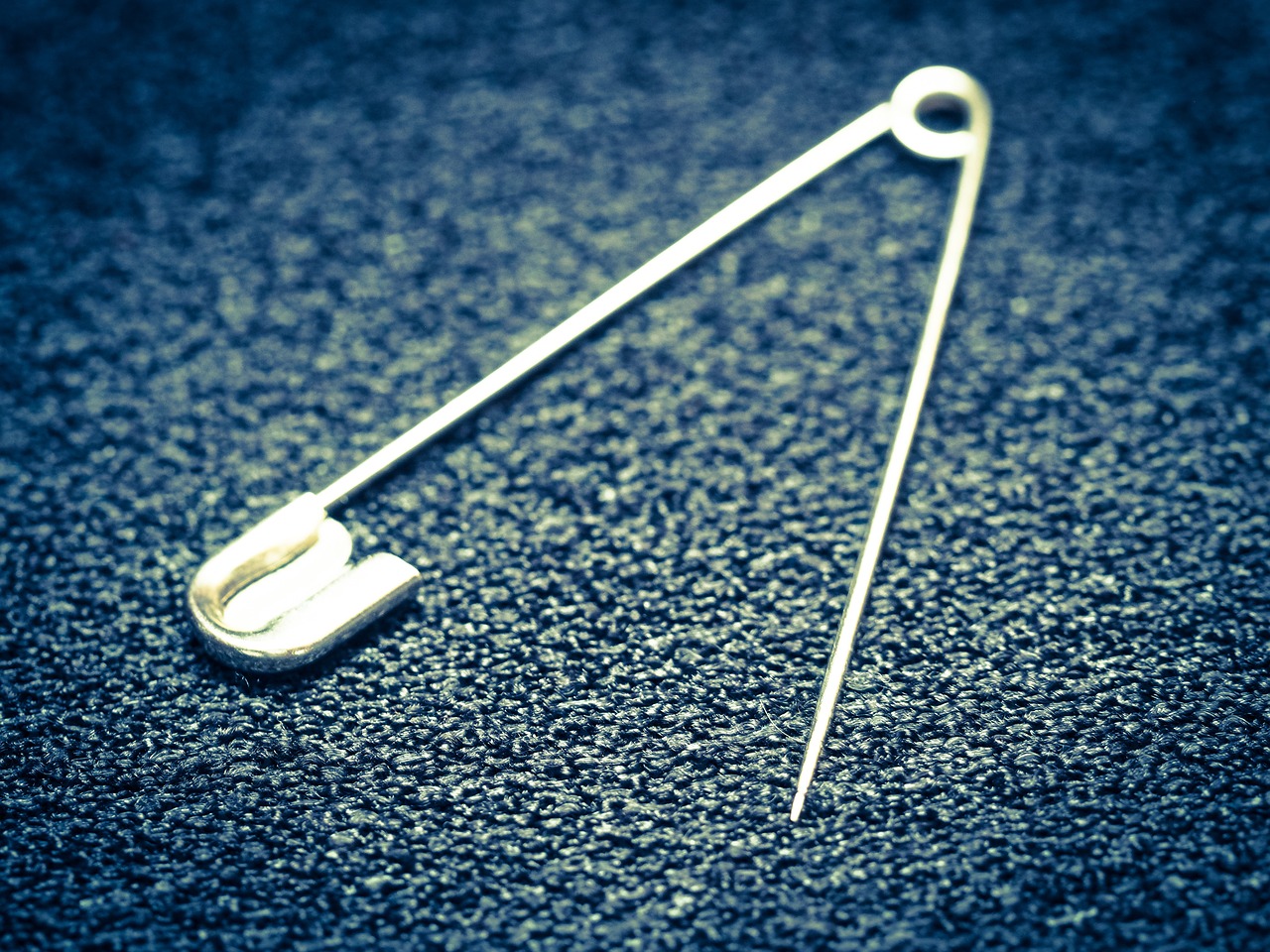
Technology for Safety
In today's fast-paced world, technology has become a lifeline for many, especially for the elderly. Imagine having a personal assistant that never sleeps, always ready to help you stay safe and connected! From smart home devices to health monitoring apps, technology can significantly enhance the safety and well-being of older adults. These innovations not only provide peace of mind but also empower seniors to maintain their independence.
One of the most exciting advancements in technology is the rise of smart home devices. These gadgets can automate daily tasks, making life easier and safer. For instance, smart lights can be programmed to turn on automatically when it gets dark, reducing the risk of falls. Additionally, smart locks can be controlled remotely, allowing family members to ensure their loved ones are secure without needing to be physically present. Imagine being able to check if your front door is locked or if the lights are on—all from the convenience of your smartphone!
Moreover, the integration of mobile apps for health monitoring has transformed how elderly individuals manage their health. These apps can track vital signs, remind users to take medications, and even alert caregivers in case of emergencies. Some popular health apps include:
- MyFitnessPal - for tracking diet and exercise.
- Medisafe - for medication management.
- Apple Health - for overall health tracking and monitoring.
Using these applications can make a significant difference in maintaining a healthy lifestyle. They allow seniors to monitor their health metrics, ensuring they stay on top of their well-being. Furthermore, many of these apps can sync with wearable devices, providing real-time data that can be invaluable in emergencies.
It's also essential to consider the role of technology in emergency situations. For example, smart home security systems can send alerts to family members if unusual activity is detected. This creates a safety net for seniors who may be living alone. Additionally, many systems come equipped with features like video surveillance and motion sensors, which can provide an added layer of security.
In conclusion, embracing technology can be a game-changer for the elderly. By integrating smart devices and health-monitoring applications into their daily lives, seniors can enjoy greater independence while ensuring their safety. It's like having a safety net woven into the fabric of their home and health, allowing them to live confidently and securely.
Q: What types of smart home devices are best for seniors?
A: Devices like smart lights, smart locks, and home security systems are excellent choices as they enhance safety and convenience.
Q: How can mobile apps help with medication management?
A: Apps like Medisafe can send reminders for medication times, track dosages, and alert caregivers if a dose is missed.
Q: Are wearable devices worth the investment?
A: Absolutely! Wearable devices provide immediate access to health metrics and can alert emergency services if needed, making them a valuable investment for safety.

Smart Home Devices
In today's fast-paced world, have emerged as a game-changer for enhancing the safety and independence of elderly individuals. Imagine a home that not only responds to your needs but also anticipates them! These innovative gadgets can automate daily tasks, monitor health conditions, and provide security, allowing seniors to live more comfortably and confidently. For instance, smart lights can be programmed to turn on and off automatically, helping to prevent falls during the night. It's like having a personal assistant that never sleeps!
Moreover, smart home devices can significantly enhance communication, making it easier for elderly individuals to stay connected with family and friends. With just a simple voice command, they can make calls, send messages, or even video chat, bridging the gap between generations. This technology not only fosters social interaction but also combats feelings of loneliness, which can be prevalent among the elderly population.
Here are some key smart home devices that can be particularly beneficial:
- Smart Speakers: Devices like Amazon Echo or Google Home can play music, set reminders, and control other smart devices with voice commands.
- Smart Doorbells: These allow seniors to see who is at the door without having to open it, enhancing security.
- Smart Thermostats: They can adjust the temperature automatically, ensuring a comfortable living environment without the need for manual adjustments.
- Smart Security Cameras: These provide peace of mind by allowing family members to monitor their loved ones remotely.
By integrating these devices into their daily routines, elderly individuals can experience a newfound sense of autonomy. It's not just about convenience; it's about creating an environment that supports their well-being. The ability to control their living space with ease can have a profound impact on their quality of life.
However, it's essential to consider the learning curve associated with new technologies. Many seniors may feel overwhelmed by the idea of using smart devices. Therefore, education and support are crucial. Family members can play a vital role by helping them set up and become familiar with these devices. Think of it as teaching someone to ride a bike; with a little practice and encouragement, they can gain confidence and enjoy the ride!
In conclusion, smart home devices represent a powerful tool in enhancing the safety and independence of elderly individuals. By embracing this technology, seniors can enjoy a more secure and connected lifestyle, ultimately enriching their everyday experiences.
Q: What are smart home devices?
A: Smart home devices are gadgets that connect to the internet and can be controlled remotely or through voice commands. They can automate tasks, enhance security, and improve communication.
Q: How can smart home devices help elderly individuals?
A: These devices can assist with daily tasks, provide safety features, and facilitate communication, allowing seniors to live more independently and comfortably.
Q: Are smart home devices easy to use for seniors?
A: While some seniors may find technology challenging, many smart devices are designed to be user-friendly. Family support can make a significant difference in helping them adapt.
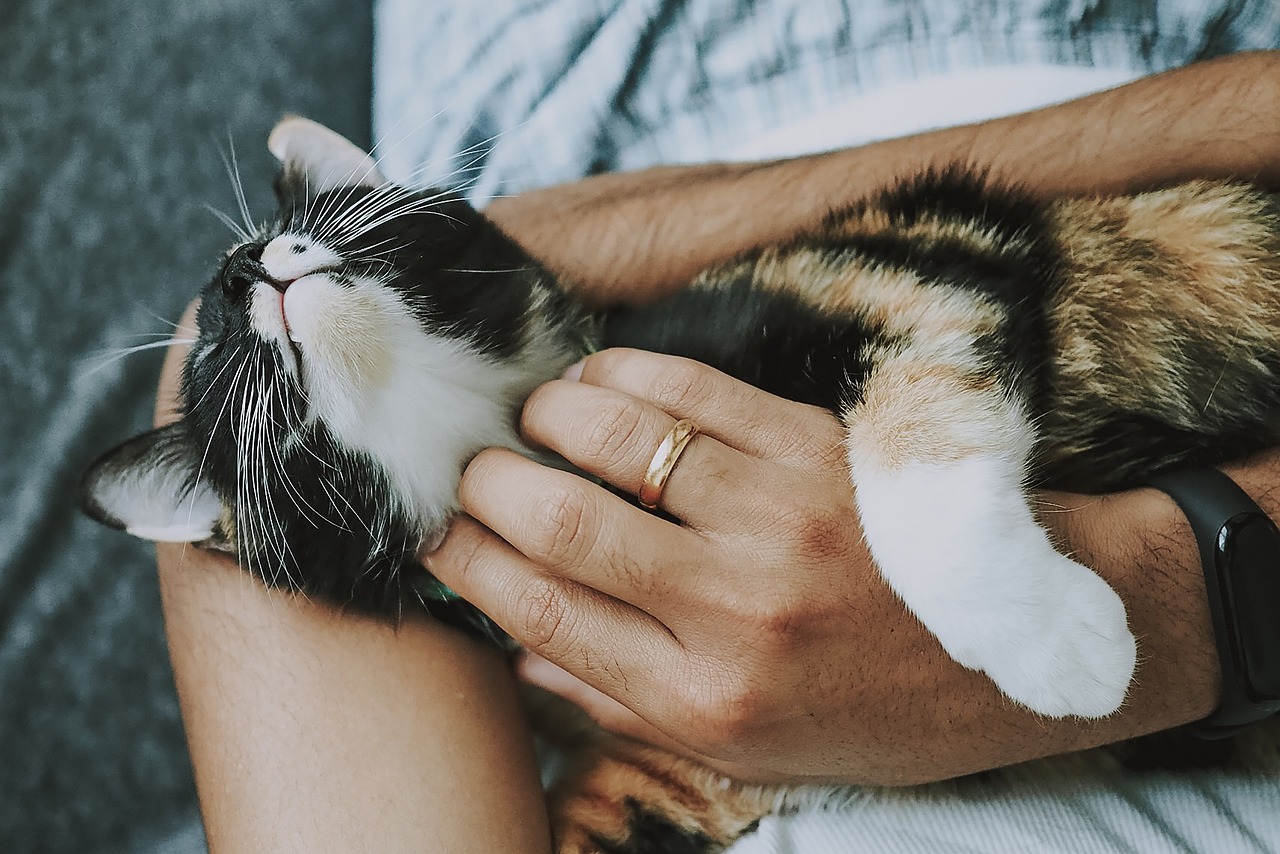
Mobile Apps for Health Monitoring
In today's fast-paced world, technology is becoming an essential ally for the elderly, especially when it comes to managing their health. Mobile apps designed for health monitoring are not just a trend; they are a lifeline that empowers seniors to take charge of their well-being. Imagine having a personal health assistant right in your pocket, ready to remind you when to take your medication, track your daily activity, and even monitor vital signs. These apps can be as transformative as having a trusted friend by your side, ensuring that you stay on top of your health.
One of the most significant advantages of mobile health apps is their ability to provide real-time data. For instance, apps like MyFitnessPal and HealthifyMe allow users to log their meals, monitor calorie intake, and track nutritional values. This not only helps in maintaining a balanced diet but also in preventing chronic conditions that can arise from poor eating habits. Additionally, apps such as Blood Pressure Monitor and Glucose Buddy enable seniors to keep an eye on critical health metrics, providing valuable insights that can be shared with healthcare providers during check-ups.
Furthermore, many health monitoring apps come equipped with features that promote social interaction. For instance, some platforms allow users to connect with family members or caregivers, enabling them to share important health updates and receive support when needed. This can significantly reduce feelings of isolation and enhance the overall quality of life for the elderly.
When choosing a mobile app for health monitoring, it's essential to consider a few key factors:
- User-Friendly Interface: The app should be easy to navigate, especially for those who may not be tech-savvy.
- Customization: Look for apps that allow you to tailor settings according to your specific health needs.
- Data Security: Ensure the app has robust privacy policies to protect personal health information.
To illustrate the variety of available options, here's a quick comparison of some popular health monitoring apps:
| App Name | Features | Best For |
|---|---|---|
| MyFitnessPal | Calorie tracking, meal logging | Diet management |
| Blood Pressure Monitor | Track blood pressure readings | Hypertension management |
| Glucose Buddy | Track blood sugar levels and meals | Diabetes management |
| Medisafe | Medication reminders, refill alerts | Medication management |
In conclusion, mobile apps for health monitoring are more than just gadgets; they are tools that can significantly enhance the safety and well-being of the elderly. By leveraging technology, seniors can enjoy greater independence and peace of mind. So, whether it's keeping track of medications, monitoring vital signs, or staying connected with loved ones, these apps are a step toward a healthier, more engaged lifestyle.
Q: Are mobile health monitoring apps easy to use for seniors?
A: Yes! Many apps are designed with user-friendly interfaces, making them accessible for seniors. It's important to choose apps that cater specifically to their needs.
Q: Do these apps require a smartphone?
A: Most health monitoring apps are available on smartphones, but some can also be accessed via tablets or computers.
Q: Can I share my health data with my doctor?
A: Absolutely! Many apps allow you to export your health data, making it easy to share with healthcare providers during appointments.
Q: Are these apps secure?
A: Reputable health apps prioritize user privacy and data security. Always check the app's privacy policy before use.
Frequently Asked Questions
- What are some essential home safety modifications for the elderly?
To enhance safety at home, consider installing grab bars in bathrooms, improving lighting throughout the house, and removing tripping hazards like loose rugs or clutter. These simple changes can significantly reduce the risk of falls and accidents.
- How can elderly individuals prepare for emergencies?
Creating an emergency plan is crucial. This includes assembling necessary supplies, such as a first aid kit, and ensuring easy access to important contacts. Regularly practicing the emergency plan can also help everyone feel more prepared.
- What are medical alert systems, and how do they work?
Medical alert systems are devices that allow elderly individuals to call for help quickly in case of an emergency. They can be worn as pendants or wristbands and typically connect to a monitoring service that can dispatch assistance when needed.
- What should I consider when choosing a medical alert system?
When selecting a medical alert system, consider factors such as user-friendliness, response time, subscription costs, and whether the system offers features like fall detection or GPS tracking.
- How can wearable devices enhance safety for the elderly?
Wearable medical devices provide immediate access to emergency services and can monitor health metrics. They can help elderly individuals stay connected and maintain their independence, making them an excellent choice for enhancing safety.
- Why are regular health check-ups important for the elderly?
Regular health check-ups are vital for early detection of potential health issues. Routine visits to healthcare providers can help maintain a healthy lifestyle and ensure that any concerns are addressed promptly.
- What community resources are available to support the elderly?
Community resources include local programs, services, and volunteer opportunities that provide assistance, companionship, and social engagement for elderly individuals. These resources can be invaluable in enhancing their quality of life.
- What transportation services are available for the elderly?
Accessible transportation services can help elderly individuals maintain independence by providing safe travel options to appointments and social engagements. Many communities offer specialized transport services tailored for seniors.
- How can social engagement programs benefit the elderly?
Participating in social engagement programs can help combat loneliness and isolation among the elderly. These programs offer various activities that promote interaction, support, and a sense of community.
- What role does technology play in enhancing safety for the elderly?
Technology can significantly improve safety for the elderly through gadgets and applications designed for communication, monitoring, and emergency response. Smart home devices and mobile health apps are just a couple of examples that can enhance overall safety and well-being.
- How do smart home devices improve safety for the elderly?
Smart home devices can automate daily tasks and enhance security, making it easier for elderly individuals to live independently. For instance, automated lighting can help prevent falls, and security cameras can provide peace of mind.
- What mobile apps can assist with health monitoring for the elderly?
There are several popular mobile apps available that can help track health metrics, medication schedules, and appointments. These apps promote health management and ensure that elderly individuals can stay on top of their health needs.

